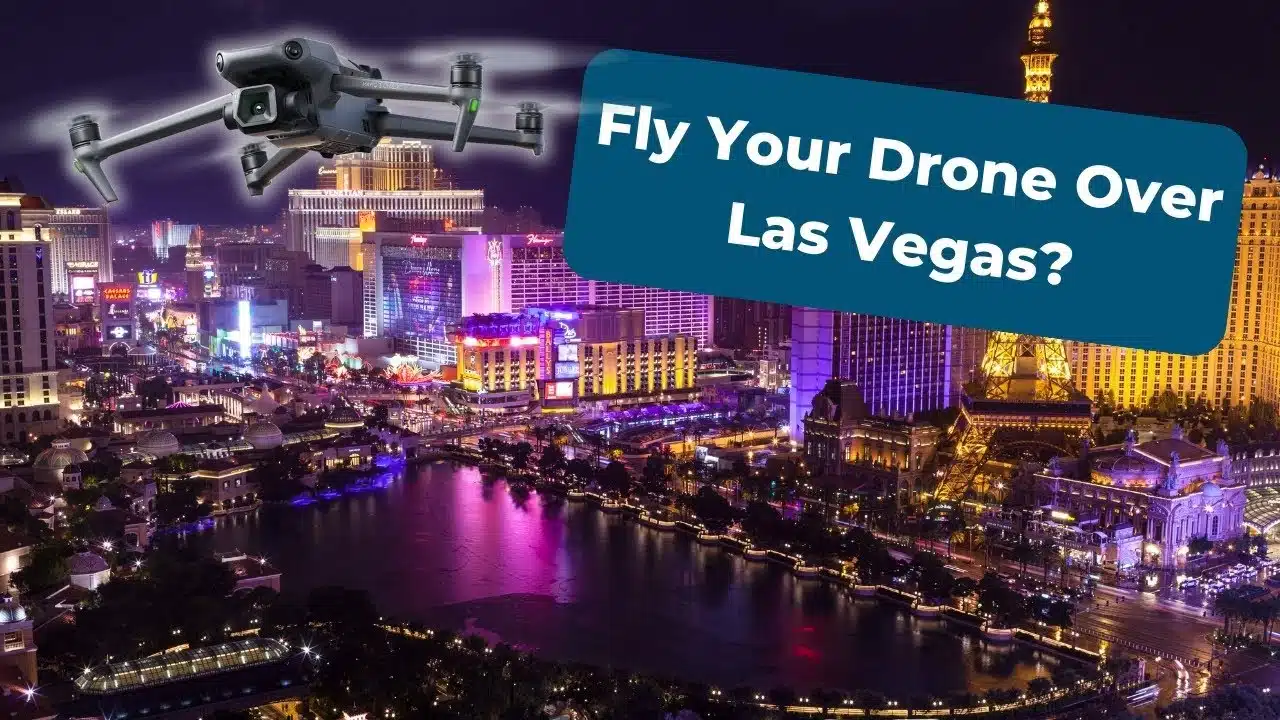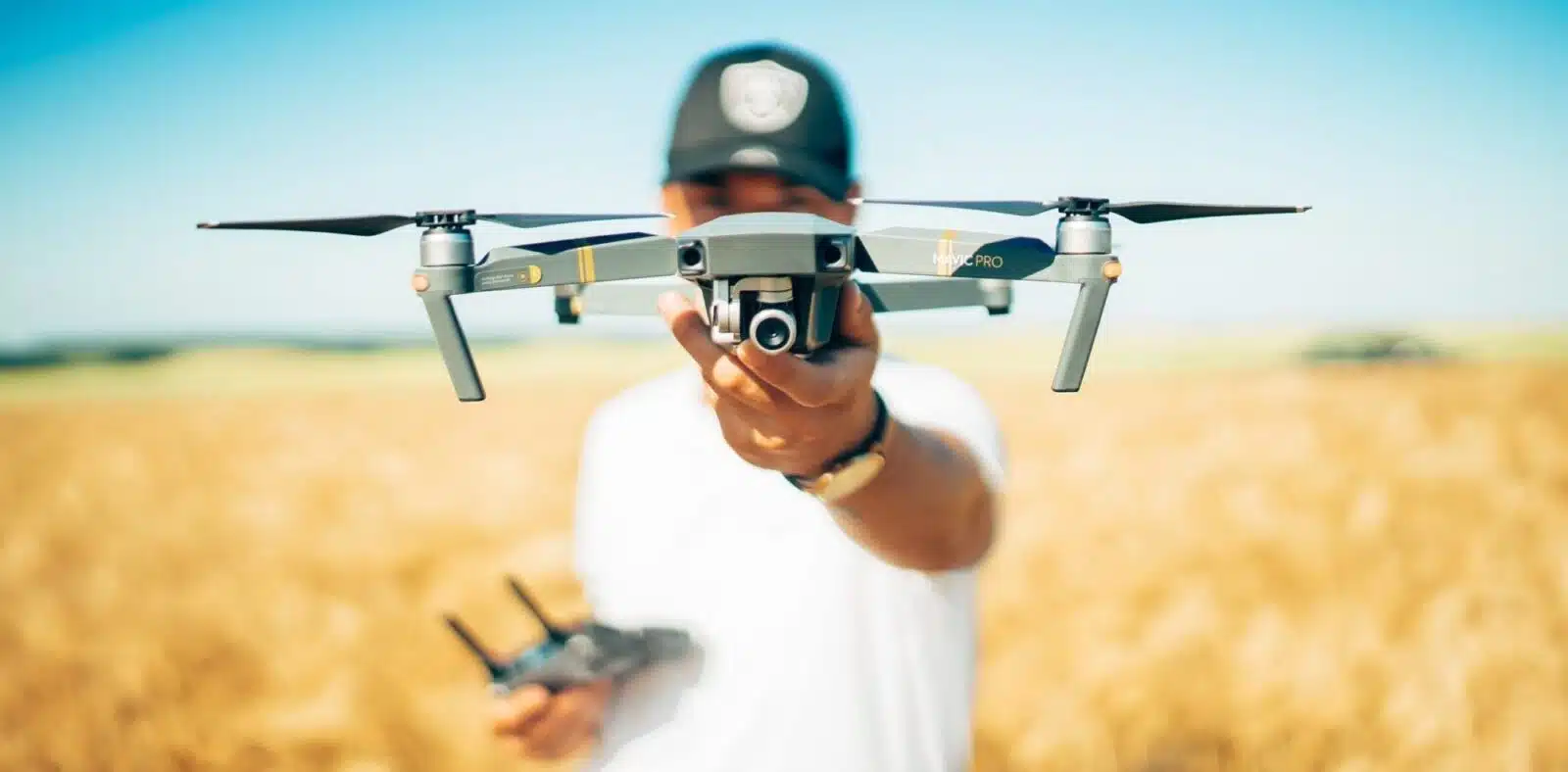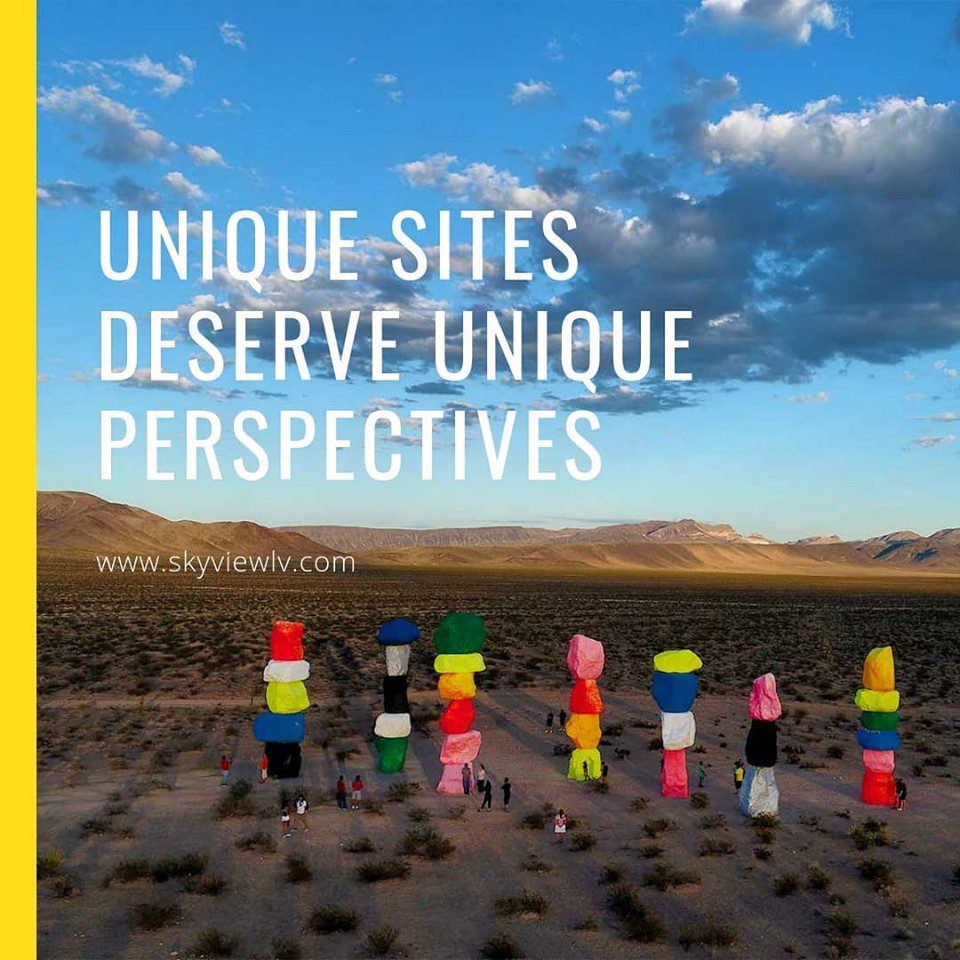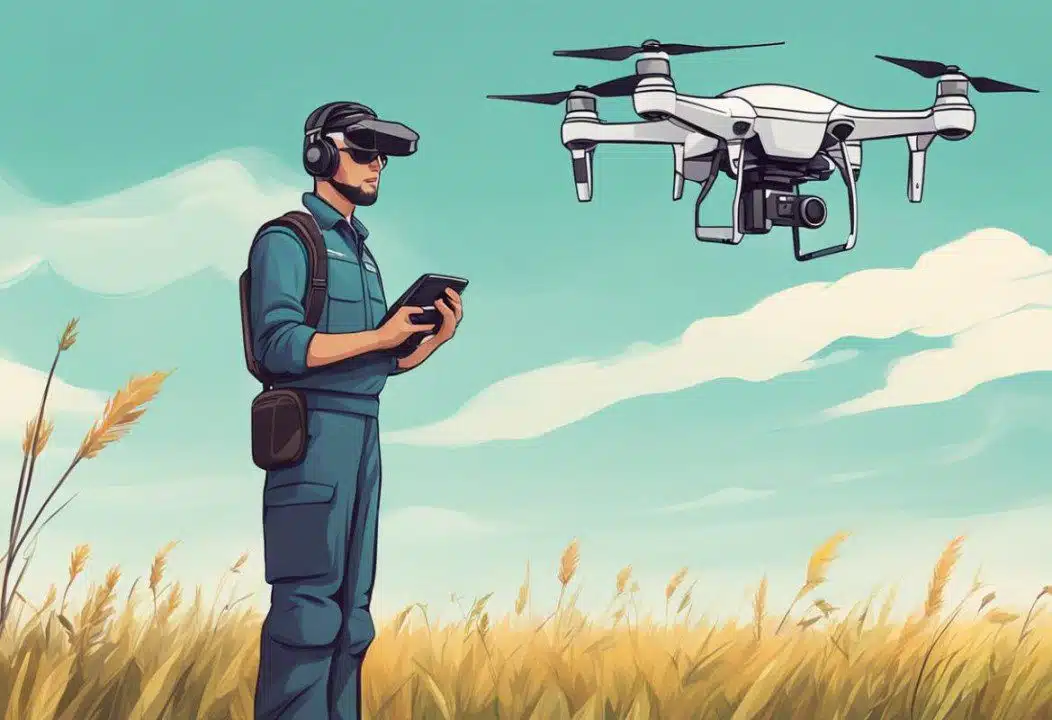
Drone photography has become increasingly popular in recent years, offering unique perspectives and stunning aerial shots. In this article, we will explore the rise of drone photography, the process of choosing the right drone for photography, mastering drone photography techniques, legal and safety considerations, and post-processing and editing for drone photography. Here are the key takeaways:
Key Takeaways
- Drone photography provides numerous advantages such as capturing unique aerial perspectives, accessing hard-to-reach locations, and creating immersive visuals.
- Applications of drone photography include real estate marketing, landscape photography, event coverage, and cinematography.
- Challenges in drone photography include weather conditions, flight restrictions, battery life, and the need for skilled piloting.
- When choosing a drone for photography, consider factors such as camera quality, flight stability, range, and battery life.
- Mastering drone photography techniques involves understanding camera settings, composition and framing, and capturing motion and action.
The Rise of Drone Photography
Advantages of Drone Photography
Drone photography offers several advantages that make it a popular choice for various industries. One of the key benefits is the ability to capture stunning aerial shots that provide a unique perspective. With the right equipment and editing skills, photographers can create visually appealing images that clients will love. Additionally, drones provide a cost-effective way to access hard-to-reach areas, allowing for the inspection of buildings, bridges, and other infrastructure. This technology has revolutionized industries such as real estate, weddings, events, and construction. Drone photography also plays a crucial role in mapping, surveying, agriculture, and environmental monitoring, providing valuable data for analysis and decision-making.
Applications of Drone Photography
Drone photography has a wide range of applications across various industries. One of the main applications is aerial photography and videography. This is particularly popular in real estate, weddings, and events, where stunning aerial shots can be captured to impress clients. Another important application is drone inspections. These inspections are in high demand in the infrastructure, energy, and construction sectors. Drones are used to assess the condition of buildings, bridges, wind turbines, and more, providing valuable data for maintenance and repairs. Drones have also revolutionized the mapping and surveying industry by offering high-resolution images and data at a fraction of the traditional cost. This service is beneficial for land developers, urban planners, and environmental organizations. Additionally, drones play a crucial role in agriculture and environmental monitoring. They help farmers assess crop health, optimize irrigation, and monitor environmental conditions.
Challenges in Drone Photography
Drone photography presents several challenges that photographers must overcome to capture stunning aerial shots. One of the main challenges is weather conditions, as strong winds, rain, or extreme temperatures can affect the stability and performance of the drone. Battery life is another challenge, as drones have limited flight time and need to be carefully managed to ensure they don’t run out of power during a shoot.
In addition, obstacles and interference can pose challenges to drone photography. Trees, buildings, and other structures can obstruct the drone’s path and limit the angles and perspectives that can be captured. Interference from other electronic devices or radio signals can also disrupt the drone’s communication and control.
To overcome these challenges, drone photographers need to carefully plan their shoots, monitor weather conditions, and ensure they have spare batteries and backup equipment. They also need to be skilled in maneuvering the drone in tight spaces and navigating around obstacles. By being prepared and adaptable, drone photographers can overcome these challenges and create breathtaking aerial imagery.
Choosing the Right Drone for Photography
Types of Drones for Photography
When it comes to drone photography, there are several types of drones available that cater to different needs and budgets. Here are some of the main types:
- Consumer Drones: These drones are designed for recreational use and are typically affordable and easy to fly. They are great for beginners who want to explore aerial photography.
- Prosumer Drones: Prosumer drones are a step up from consumer drones and offer more advanced features and capabilities. They are suitable for enthusiasts and professionals who want higher-quality images and videos.
- Enterprise Drones: Enterprise drones are designed for commercial use and are equipped with advanced features like thermal imaging and mapping capabilities. They are commonly used in industries such as construction, agriculture, and inspections.
- FPV Drones: FPV (First Person View) drones are popular among drone racing enthusiasts. They provide a thrilling flying experience and are equipped with high-speed cameras for capturing fast-paced action.
When choosing a drone for photography, it’s important to consider factors such as camera quality, flight time, range, and stability. It’s also essential to stay updated with the latest regulations and obtain the necessary permits for flying drones in your area.
Key Features to Consider
When choosing the right drone for photography, there are several key features to consider. These features will determine the capabilities and performance of the drone, allowing you to capture high-quality aerial footage. Here are some important factors to keep in mind:
- Camera Quality: The quality of the camera is crucial for capturing sharp and detailed images. Look for drones with high-resolution cameras and adjustable settings.
- Flight Time: Consider the flight time of the drone, as it will determine how long you can capture footage before needing to recharge or replace the batteries.
- Stability and Maneuverability: A stable and maneuverable drone is essential for capturing smooth and steady footage. Look for drones with advanced stabilization systems and precise control.
- Range and Signal Strength: The range and signal strength of the drone’s remote control will determine how far you can fly and control the drone.
These features will vary depending on your specific needs and budget. It’s important to carefully evaluate each feature and prioritize the ones that are most important for your photography projects.
Budget Considerations
When starting a drone photography business, it is important to consider your budget and financial resources. Here are some key points to keep in mind:
- Conduct thorough research and create a detailed budget before launching your drone business.
- Costs can vary based on your specific needs, location, and the equipment and services you choose.
- Initial investment includes the cost of drones, controllers, batteries, safety gear, and legal requirements.
- Essential equipment for drone photography includes professional-grade drones, controllers, monitors, batteries, charging systems, and safety gear.
- Legal requirements and costs may include insurance, FAA Part 107 exam, and local/state regulations.
It is crucial to plan your investment wisely and consider all the necessary expenses to ensure the success of your drone photography business.
Mastering Drone Photography Techniques
Understanding Camera Settings
Understanding camera settings is crucial for capturing high-quality drone photography. The camera settings determine the exposure, focus, and other important aspects of the image. Here are some key camera settings to consider:
- Aperture: The aperture controls the amount of light that enters the camera. A wider aperture (lower f-number) allows more light and creates a shallow depth of field, while a narrower aperture (higher f-number) lets in less light and increases the depth of field.
- Shutter Speed: The shutter speed determines the amount of time the camera’s sensor is exposed to light. A faster shutter speed freezes motion and is ideal for capturing action shots, while a slower shutter speed creates motion blur and is great for capturing movement.
- ISO: The ISO setting controls the camera’s sensitivity to light. A higher ISO allows for better low-light performance but may introduce noise or graininess to the image.
- White Balance: White balance adjusts the color temperature of the image to ensure accurate colors. It is important to set the white balance correctly to avoid color casts in the final image.
- Metering Mode: Metering mode determines how the camera measures the light in a scene. Options include spot metering, center-weighted metering, and evaluative metering.
- Focus Mode: Different focus modes, such as manual focus or autofocus, allow you to control how the camera focuses on the subject.
- Exposure Compensation: Exposure compensation allows you to adjust the exposure level manually. It is useful when the camera’s automatic exposure settings are not producing the desired results.
- Shooting Mode: The shooting mode determines how the camera captures the image, such as single shot, burst mode, or time-lapse.
Understanding and experimenting with these camera settings will help you achieve the desired results in your drone photography.
Composition and Framing
Composition and framing are crucial elements in drone photography. They determine the overall aesthetic and impact of the image. Here are some tips to help you master composition and framing:
- Rule of thirds: Divide the frame into a grid of nine equal parts and place the main subject along the lines or at the intersections for a balanced composition.
- Leading lines: Use natural or man-made lines in the landscape to guide the viewer’s eye towards the main subject.
- Negative space: Leave space around the subject to create a sense of balance and emphasize the main subject.
Remember, composition and framing are subjective, so don’t be afraid to experiment and find your unique style.
Capturing Motion and Action
When capturing motion and action with drone photography, it is important to consider a few key techniques:
- Shutter Speed: Adjusting the shutter speed can help freeze or blur motion. A faster shutter speed is ideal for freezing fast-moving subjects, while a slower shutter speed can create a sense of motion blur.
- Tracking Shots: Utilize the drone’s tracking capabilities to smoothly follow moving subjects. This can create dynamic and engaging footage.
- Angles and Perspectives: Experiment with different angles and perspectives to capture the action from unique viewpoints. Low-angle shots can add a sense of drama, while high-angle shots can provide an overview of the action.
- Composition: Pay attention to the composition of the shot to create visually appealing images. Use the rule of thirds, leading lines, and framing techniques to guide the viewer’s eye.
Remember, practice and experimentation are key to mastering the art of capturing motion and action with drone photography.
Legal and Safety Considerations for Drone Photography
Drone Regulations and Permits
Understanding and complying with local and state laws governing drone operations is crucial to the success of your drone business. In addition to federal regulations, you may also need to comply with local and state laws governing drone operations. These regulations can vary and may include restrictions on flying in certain areas, such as near airports, parks, or schools. Always research and follow the drone regulations specific to your location.
Insurance and Liability
Obtaining appropriate insurance coverage is essential to protect your drone business from potential liabilities. Some clients may require proof of insurance before hiring your services. Drone insurance policies typically cover damage to your equipment, third-party property damage, and personal injury claims.
Safety Precautions
When it comes to drone photography, safety should always be a top priority. Here are some important safety precautions to keep in mind:
- Stay vigilant and maintain visual contact with your drone: Always keep your drone within your line of sight so you can quickly react to any unexpected changes.
- Follow FAA regulations: Familiarize yourself with the Federal Aviation Administration (FAA) regulations and ensure that you comply with them. This includes operating your drone within visual line-of-sight and not exceeding a maximum altitude of 400 feet above ground level.
- Avoid flying over people or moving vehicles: To minimize the risk of accidents, it’s best to avoid flying your drone over crowded areas or near moving vehicles.
Remember, adhering to safety precautions not only protects the people around you but also helps maintain the reputation of the drone photography industry.
Privacy Concerns
One of the main concerns surrounding drones is their ability to capture images and videos from a high vantage point. This raises questions about whether individuals’ privacy is being invaded and if their personal information is at risk. Additionally, there are concerns about the misuse of drone footage, such as unauthorized surveillance or the violation of restricted areas. Drone photographers need to be aware of and respect privacy laws and regulations to ensure the ethical and legal use of drone photography.
Post-Processing and Editing for Drone Photography
Choosing the Right Editing Software
When it comes to drone photography, choosing the right editing software is crucial for enhancing your aerial shots. Post-processing plays a significant role in bringing out the best in your images and videos. Here are some factors to consider when selecting editing software:
- User-friendly interface: Look for software that is easy to navigate and understand.
- Advanced editing tools: Ensure that the software offers a wide range of editing tools to enhance colors, contrast, and remove distortions and noise.
- Compatibility: Check if the software is compatible with the file formats produced by your drone.
Additionally, it is important to keep in mind that different editing software may have varying learning curves and price points. Take the time to explore different options and choose the one that best suits your needs and budget.
Enhancing Colors and Contrast
Enhancing colors and contrast is an essential step in post-processing drone photography. It allows you to bring out the vibrant colors and make the details in your images pop. One effective technique is to use the saturation tool to increase the intensity of colors. This can make the blue skies appear more vibrant and the green landscapes more lush. Another important tool is the contrast adjustment, which helps to create a greater distinction between light and dark areas in your photos. By increasing the contrast, you can add depth and dimension to your images, making them more visually appealing.
Removing Distortions and Noise
When it comes to drone photography, one of the challenges photographers face is dealing with distortions and noise in their images. Distortions can occur due to the wide-angle lens used in most drones, while noise can be a result of shooting in low-light conditions.
To remove distortions and noise from your drone photos, you can use editing software like Lightroom and Photoshop. These software tools allow you to correct lens distortions, crop and straighten your images and apply noise reduction techniques.
Here are some tips to effectively remove distortions and noise:
- Use the lens correction feature in editing software to correct distortions caused by the wide-angle lens.
- Crop and straighten your images to remove any unwanted elements and improve composition.
- Adjust the exposure and contrast levels to minimize noise in low-light conditions.
Remember, removing distortions and noise is an important step in enhancing the overall quality of your drone photos.
Post-processing and editing are essential steps in enhancing the quality of drone photography. With the advancement of technology, photographers can now capture stunning aerial shots using drones. However, the raw images captured by drones often require post-processing to bring out their full potential. Editing techniques such as adjusting exposure, color correction, and removing unwanted objects can greatly improve the overall composition of the photograph. At Best Drone Services For Photography and Videography in Las Vegas, we offer professional post-processing and editing services to ensure that your drone photographs are of the highest quality. Our team of experienced editors will work closely with you to understand your vision and deliver exceptional results. Whether you need basic retouching or advanced editing, we have the expertise to transform your drone photographs into breathtaking masterpieces. Contact us today to learn more about our post-processing and editing services and take your drone photography to new heights.
Conclusion
In conclusion, the Drone Photography Company is dedicated to providing the highest quality drone photography and videography services. With our state-of-the-art equipment and experienced team, we ensure that every project is executed with precision and artistry. Whether it’s capturing stunning aerial images or creating captivating promotional videos, we pride ourselves on delivering exceptional results. Contact us today to take your business to new heights with our professional drone services.
Frequently Asked Questions
What is drone photography?
Drone photography is the use of unmanned aerial vehicles (drones) to capture photos and videos from an elevated perspective.
What are the advantages of drone photography?
Some advantages of drone photography include capturing unique angles and perspectives, covering large areas quickly, and providing a cost-effective solution for aerial photography.
What are the applications of drone photography?
Drone photography has various applications such as real estate marketing, landscape photography, event coverage, construction site monitoring, and aerial inspections.
What are the challenges in drone photography?
Challenges in drone photography include complying with regulations and obtaining necessary permits, dealing with weather conditions, ensuring flight safety, and managing battery life and flight time.
What types of drones are used for photography?
There are different types of drones used for photography, including consumer drones, prosumer drones, and commercial-grade drones with advanced camera capabilities.
What key features should I consider when choosing a drone for photography?
When choosing a drone for photography, consider factors such as camera quality, flight stability and control, battery life, range and transmission quality, and additional features like obstacle avoidance and GPS capabilities.










Comments are closed.